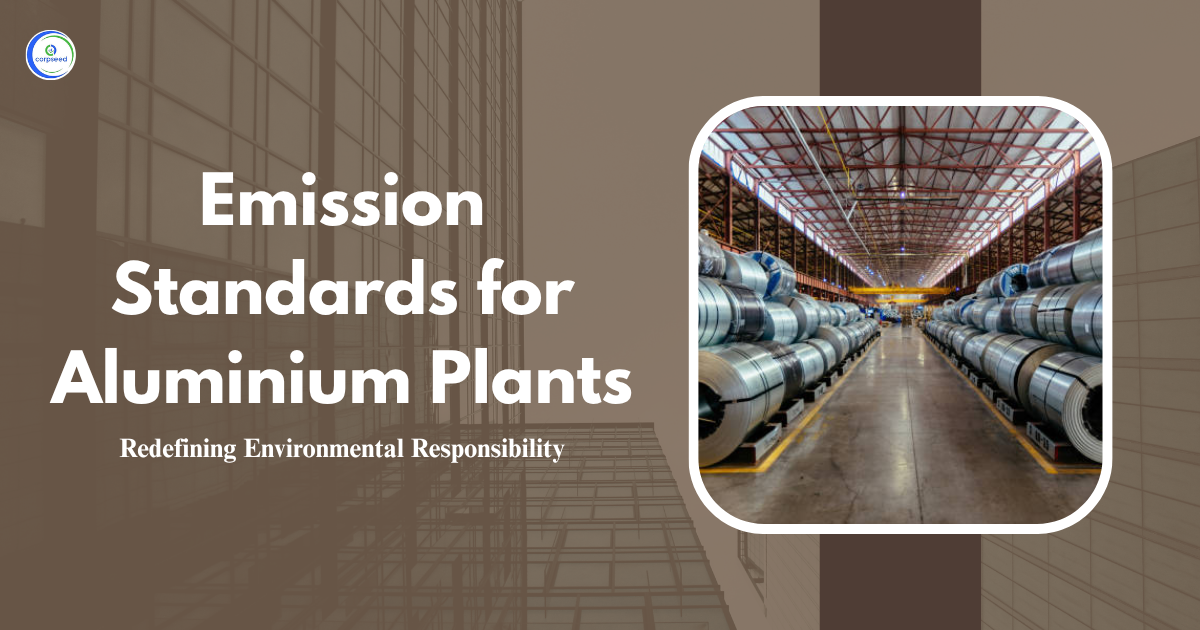The standards for emission or discharge of environmental pollutants for synthetic rubber are necessary to reduce the environmental impact of this quickly growing industrial sector. The manufacture of synthetic rubber includes a variety of chemical processes, comprising the release of many harmful pollutants into the air and water. To overcome this, the Central Pollution Control Board (CPCB) and State Pollution Control Boards (SPCBs) have established specific standards for emissions and effluent discharges.
Table of Contents
- Understanding Environmental Pollutants
- About Environmental Pollutants for Synthetic Rubber
- Impact of Environmental Pollutants from Synthetic Rubber Industry
- Key Pollutants of Synthetic Rubber Industry
- Importance of Emission Standards for Synthetic Rubber
- Effluent Standards for Synthetic Rubber Industry
- Technologies to Control Pollution from Synthetic Rubber Industry
- Monitoring and Reporting
- Conclusion
Understanding Environmental Pollutants
Environmental pollutants are harmful substances emitted into the air, water or soil due to industrial activities, including the production of synthetic rubber. These pollutants could be, volatile organic compounds (VOCs), heavy metals, or organic waste. In synthetic rubber plants, pollution mainly rises from combustion processes, chemical reactions, and incorrect settling of wastes. Emission standards are designed to minimize the environmental and health risks linked with these pollutants. Without regulation, such pollutants can pollute water reservoirs, deteriorate air quality, and disturb ecosystems, making environmental standards not just regulatory obligations but vital safeguards.
About Environmental Pollutants for Synthetic Rubber
The synthetic rubber industry emits numerous pollutants during processing, including wastewater, airborne emissions, and chemical residues. The effluents, when discharged into inland surface waters must fulfill strict concentration limits:
- Colour: Absent
- pH: 5.5 to 9.0
- Biochemical Oxygen Demand (BOD) (3 days at 27°C): 50 mg/L
- Chemical Oxygen Demand (COD): 250 mg/L
- Oil and Grease: 10.0 mg/L
These parameters are important to ensure slight environmental disruption and safe extraction methods. Unnecessarily high BOD or COD can lead to lack of oxygen in water bodies, which can endanger aquatic life. Similarly, the presence of oil and grease can form a film on water surfaces that hinders the transfer of oxygen.
Impact of Environmental Pollutants from Synthetic Rubber Industry
The discharge of pollutants from the synthetic rubber industry has major significances. Some of the major impacts include:
- Air Pollution: Emissions such as volatile organic compounds (VOCs) and particles reduce air quality and contribute to the formation of smog, which can harm the health of both humans and animals.
- Water Contamination: Industrial wastes rich in BOD, COD, and oil remains minimize oxygen levels in the water, killing fish and disturbing aquatic biodiversity.
- Soil Degradation: Inappropriate disposal of solid and semi-solid wastes can cause soil pollution, changes in soil chemistry and minimizing agricultural production.
- Occupational Health Risks: Workers in synthetic rubber plants are at risk of respiratory diseases and skin problems due to toxic gases and chemicals.
- Climate Impact: The production process of synthetic rubber emits greenhouse gases such as CO2, which contribute to global warming if not controlled by emission reduction measures.
Key Pollutants of Synthetic Rubber Industry
- Volatile Organic Compounds (VOCs): Released during rubber processing and compounding, contribute to ozone formation and respiratory issues.
- Suspended Solids in Effluents: Minimize light diffusion in aquatic bodies, impairing photosynthesis in aquatic plants.
- Oil and Grease: Wastewater can coat the surfaces of water bodies, suffocating aquatic life.
- BOD and COD: Indicators of organic pollution, high levels result in oxygen depletion and eutrophication.
- Sulfur Compounds: Released during vulcanization processes, contribute to foul odour and acid rain.
Importance of Emission Standards for Synthetic Rubber
Setting emission standards ensures a balance between industrial development and environmental protection. These principles, enacted by the CPCB and enforced by the SPCBs, serve multiple important purposes:
- Health and Safety Assurance: Limiting harmful emissions like VOCs and particulates safeguards workers and surrounding communities from respiratory and other health hazards.
- Legal Compliance and Industry Reputation: Industries complying with CPCB and SPCB standards avoid penalties and strengthen their commitment to environmental responsibility.
- Environmental Protection: Stringent discharge standards mitigate contamination of natural resources, protecting ecosystems and biodiversity.
- Waste Minimization and Resource Efficiency: Emission standards encourage industries to enhance processes, reducing waste and refining raw material utilization.
- Sustainable Operations: Compliance fosters the adoption of cleaner technologies and promotes long-term sustainability in synthetic rubber manufacturing.
Effluent Standards for Synthetic Rubber Industry
The effluent standards for synthetic rubber manufacturing when discharging into inland surface waters are as follows:
- Colour: Should be absent
- pH: Between 5.5 and 9.0
- BOD (3 days at 27°C): Not more than 50 mg/L
- COD: Not more than 250 mg/L
- Oil and Grease: Not exceeding 10 mg/L
These values are compulsory to ensure that discharged water does not harm aquatic environments. SPCBs regularly monitor these parameters, and any deviation can lead to penalties or shutdowns.
Technologies to Control Pollution from Synthetic Rubber Industry
To fulfill these environmental standards, the synthetic rubber industry uses numerous pollution control technologies:
- Effluent Treatment Plants (ETPs): Treat industrial wastewater before discharge, ensuring that it fulfills CPCB and SPCB standards.
- Air Pollution Control Devices (APCDs): Capture VOCs and particles released during production.
- Activated Carbon Filters: Effective at eliminating organic compounds and odours from emissions.
- Scrubbers: Used to remove acidic gases like sulfur compounds from exhaust streams.
- Zero Liquid Discharge (ZLD) Systems: Recycle and reuse all wastewater, reducing discharge completely.
Monitoring and Reporting
Monitoring pollution levels is important to ensure compliance. Industries should perform regular self-monitoring and submit reports to the CPCB or SPCB. Parameters such as BOD, COD, oil and grease, pH, and air emissions should be periodically measured and documented. Real-time monitoring systems are being progressively adopted to increase transparency and enable timely corrective action. Consistent reporting also promotes responsibility and builds trust with regulatory agencies and local communities.
Conclusion
To mitigate the environmental and health impacts of the industry, it is necessary to adhere to standards for emission or discharge of environmental pollutants for synthetic rubber. These standards, imposed by the CPCB and SPCB, ensure sustainable practices and legal compliance. With proper monitoring, treatment technologies, and responsible actions, the synthetic rubber industry can continue to develop while safeguarding the environment and public health. Industries that fulfill these emission principles not only contribute to environmental protection but also improve their operational reliability in today’s eco-conscious world.
This portion of the site is for informational purposes only. The content is not legal advice. The statements and opinions are the expression of author, not corpseed, and have not been evaluated by corpseed for accuracy, completeness, or changes in the law.
BOOK A FREE CONSULTATION
Get help from an experienced legal adviser. Schedule your consultation at a time that works for you and it's absolutely FREE.
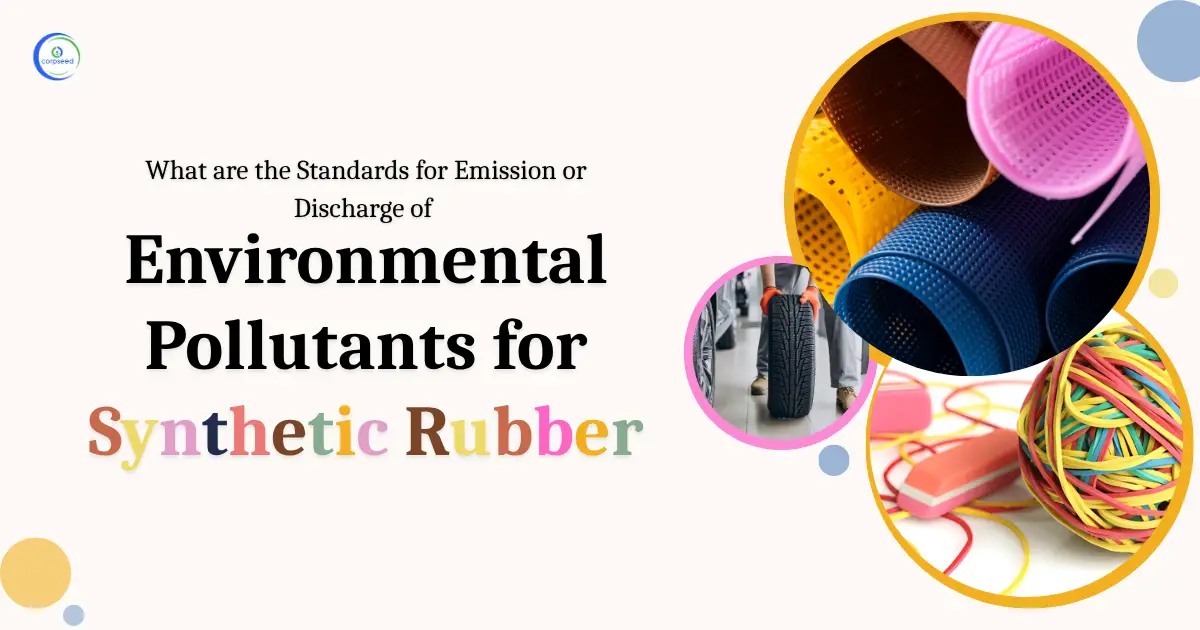


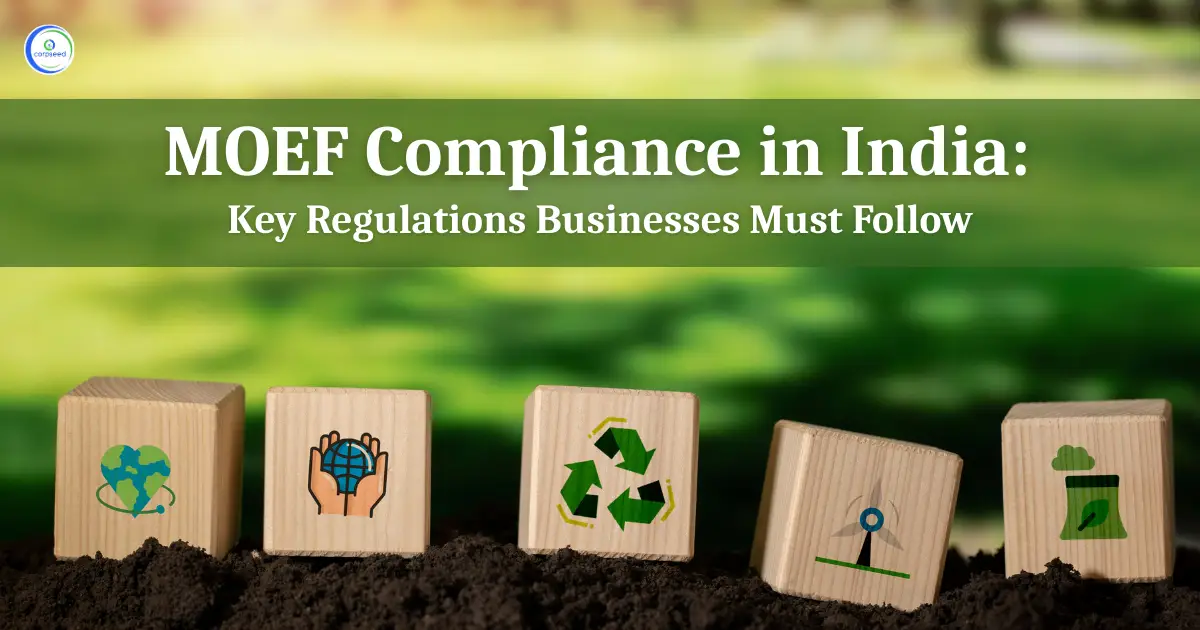
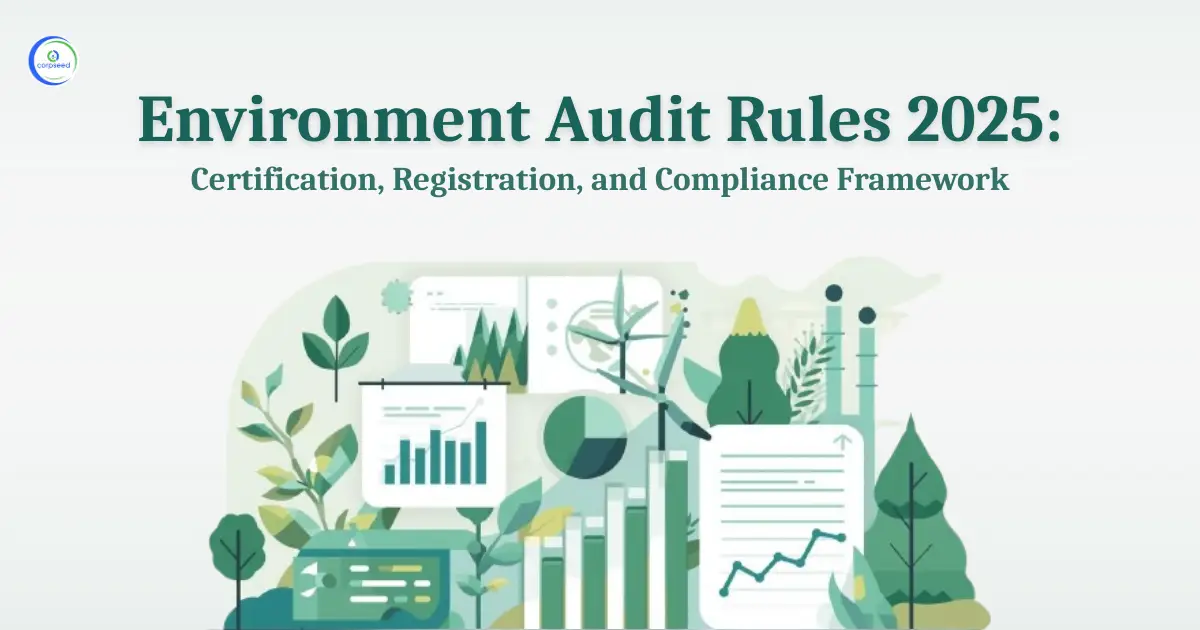
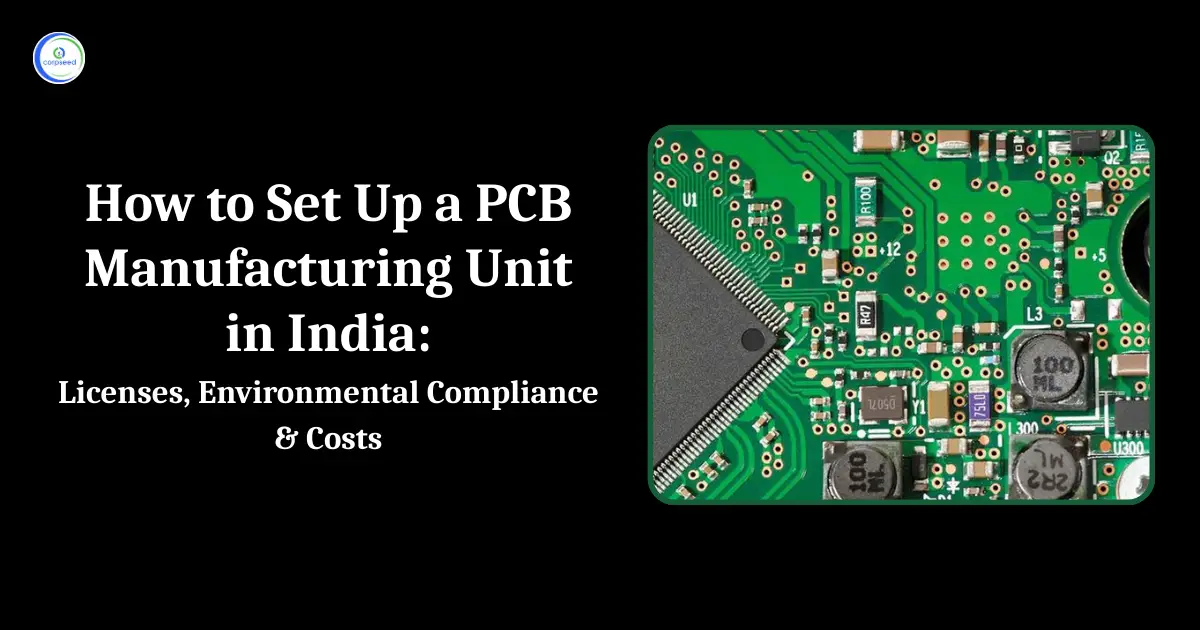
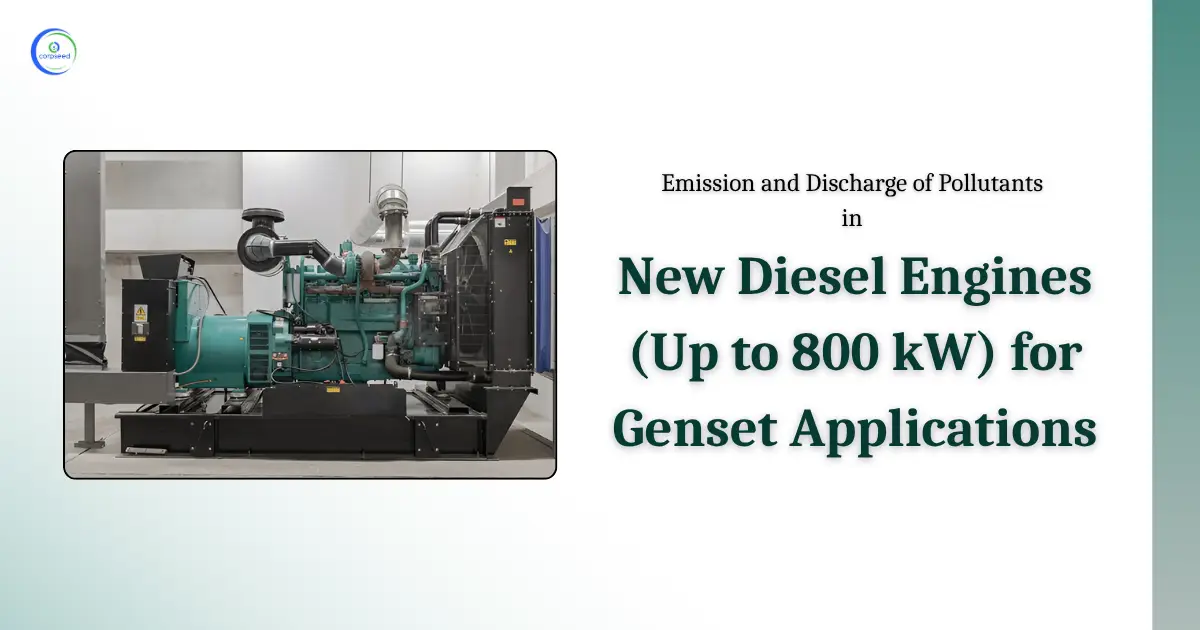
_Corpseed.webp)
.webp)
